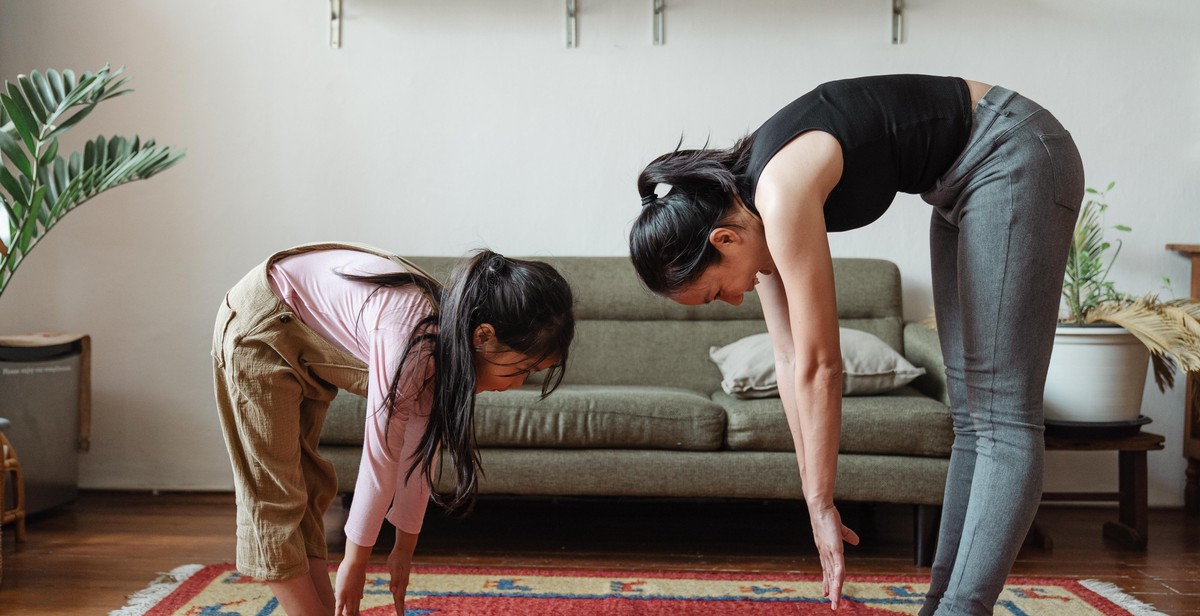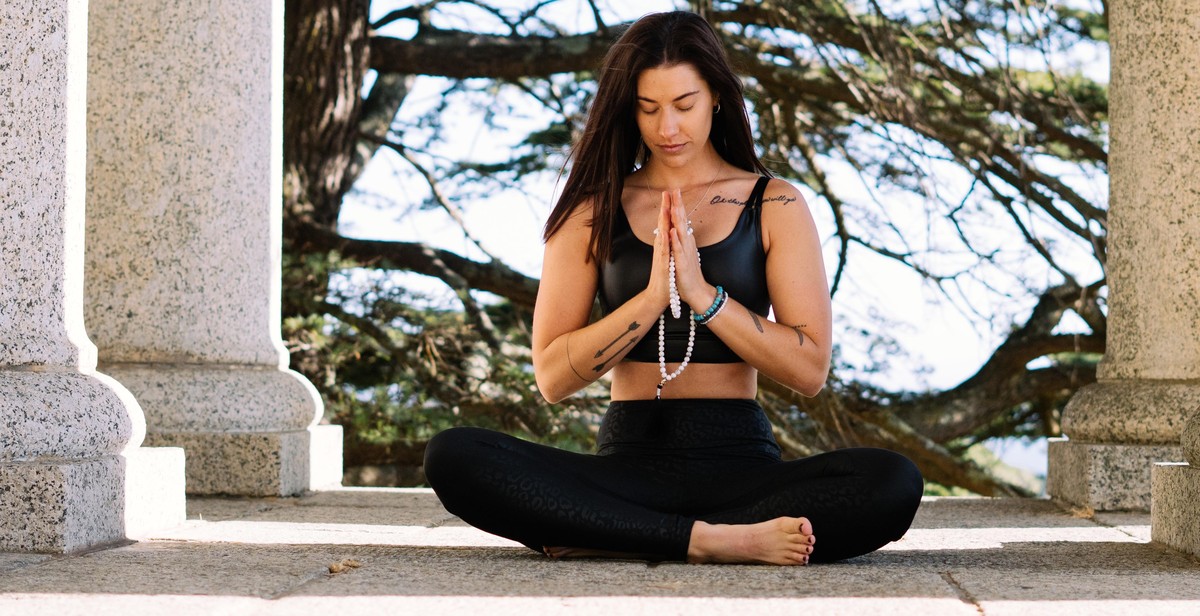How to Start a Mindfulness Meditation Practice for Stress Reduction
Stress is a common problem that affects millions of people worldwide. It can lead to various health issues, including anxiety, depression, and high blood pressure. Fortunately, mindfulness meditation is a proven technique that can help reduce stress levels and improve overall well-being.
What is Mindfulness Meditation?
Mindfulness meditation is a type of meditation that involves paying attention to the present moment without judgment. It involves focusing on your breath, bodily sensations, and thoughts. This technique helps you become more aware of your thoughts and feelings, allowing you to respond to them in a more positive way.
Benefits of Mindfulness Meditation
The benefits of mindfulness meditation are numerous. It can help reduce stress, anxiety, and depression, improve sleep quality, boost the immune system, and increase overall happiness and well-being.
How to Start a Mindfulness Meditation Practice
Starting a mindfulness meditation practice is easy. All you need is a quiet place to sit and a few minutes of your time. Begin by finding a comfortable seated position, closing your eyes, and focusing on your breath. Start with just a few minutes a day and gradually increase the time as you become more comfortable with the practice.
- Find a quiet place to meditate
- Sit in a comfortable position
- Close your eyes
- Focus on your breath
- Start with a few minutes a day and gradually increase
With regular practice, mindfulness meditation can become a powerful tool for reducing stress and improving overall well-being. So why not give it a try?

What is Mindfulness Meditation?
Mindfulness meditation is a form of meditation that involves paying attention to the present moment with a non-judgmental and accepting attitude. It is a practice that has been used for thousands of years in various cultures and religions, and is now widely recognized for its numerous benefits.
During mindfulness meditation, the practitioner focuses on their breath, bodily sensations, thoughts, and emotions. The goal is not to eliminate thoughts or emotions, but rather to observe them without judgment or attachment, and to bring the attention back to the present moment whenever the mind wanders.
Mindfulness meditation can be practiced in different ways, including seated meditation, walking meditation, and even while performing daily activities such as washing dishes or brushing teeth. It is a practice that can be done by anyone, regardless of their age, gender, or religious beliefs.
The Benefits of Mindfulness Meditation
Mindfulness meditation has numerous benefits for both physical and mental health. Here are some of the most notable ones:
- Stress reduction: Mindfulness meditation has been shown to reduce stress levels and improve overall well-being. It can help individuals cope with stressors in their daily lives and improve their ability to handle difficult situations.
- Improved focus and concentration: Regular practice of mindfulness meditation can improve an individual’s ability to focus and concentrate, which can be beneficial for work, school, and other activities that require mental clarity.
- Better sleep: Mindfulness meditation has been shown to improve sleep quality and reduce insomnia. It can also help individuals feel more rested and energized throughout the day.
- Reduced symptoms of anxiety and depression: Mindfulness meditation has been shown to reduce symptoms of anxiety and depression, and can be an effective tool for individuals who struggle with these conditions.
- Increased self-awareness: Mindfulness meditation can help individuals become more aware of their thoughts, emotions, and behaviors, which can lead to greater self-understanding and personal growth.
Overall, mindfulness meditation is a powerful tool for improving physical and mental health, and can be practiced by anyone who is willing to commit to regular practice.

Getting Started with Mindfulness Meditation
Mindfulness meditation is a powerful tool for reducing stress and increasing overall well-being. It involves focusing your attention on the present moment, without judgment or distraction. If you’re new to mindfulness meditation, here are some tips for getting started:
Choosing a Time and Place
One of the most important aspects of starting a mindfulness meditation practice is choosing a time and place that works for you. Ideally, you should set aside a specific time each day for your practice, and find a quiet, comfortable space where you won’t be interrupted.
Many people find that early morning or late evening are the best times for meditation, as they are typically the quietest times of day. However, you may find that a different time works better for you. The key is to find a time when you can consistently practice, so that meditation becomes a regular part of your routine.
Preparing for Your Meditation Session
Before you begin your meditation session, it’s important to take a few moments to prepare yourself mentally and physically. Here are some tips:
- Find a comfortable seated position, either on the floor or in a chair
- Close your eyes and take a few deep breaths to help you relax
- Set an intention for your meditation practice, such as reducing stress or increasing focus
- Bring your attention to your breath, noticing the sensation of each inhale and exhale
- Allow yourself to simply be present in the moment, without judgment or distraction
Remember, mindfulness meditation is a practice, and it may take time to develop a consistent routine. Be patient with yourself, and keep coming back to your practice each day.

Basic Techniques for Mindfulness Meditation
Mindfulness meditation is a powerful tool for reducing stress and improving overall well-being. Here are some basic techniques to get started:
Breathing Meditation
Breathing meditation is one of the most common forms of mindfulness meditation. To practice breathing meditation, find a quiet, comfortable place to sit and focus on your breath. Notice the sensation of your breath as it enters and leaves your body. When your mind wanders, gently bring your attention back to your breath. You can count your breaths or use a mantra to help you stay focused.
Body Scan Meditation
Body scan meditation involves focusing your attention on different parts of your body, starting at your toes and working your way up to your head. As you focus on each body part, notice any sensations you feel without judgment. If you notice any tension or discomfort, breathe into that area and release the tension.
Loving-Kindness Meditation
Loving-kindness meditation involves focusing on feelings of love and kindness towards yourself and others. Start by bringing to mind someone you love and sending them positive thoughts and well wishes. Then, bring to mind someone you feel neutral towards and do the same. Finally, bring to mind someone you have difficulty with and send them positive thoughts and well wishes as well.
By practicing these basic techniques for mindfulness meditation, you can reduce stress and improve your overall well-being. Experiment with different techniques to find what works best for you.

Tips for Maintaining a Regular Mindfulness Meditation Practice
Mindfulness meditation can be a powerful tool for reducing stress and improving overall well-being. However, like any new habit, it can be challenging to maintain a regular practice. Here are some tips to help you stay consistent with your mindfulness meditation:
Start Small and Gradually Increase
When starting a mindfulness meditation practice, it’s essential to start small and gradually increase your practice time. Begin with just a few minutes each day and gradually work your way up to longer sessions. Starting small will help you establish a routine and prevent burnout.
Be Consistent
Consistency is key when it comes to mindfulness meditation. Try to practice at the same time each day, whether it’s first thing in the morning or before bed. Consistency will help you establish a routine and make meditation a natural part of your daily life.
Be Patient with Yourself
Remember that mindfulness meditation is a practice, and just like any practice, it takes time to master. Don’t get discouraged if you find your mind wandering or if you miss a day of practice. Instead, be patient with yourself and focus on the progress you’re making.
By starting small, staying consistent, and being patient with yourself, you can maintain a regular mindfulness meditation practice and reap the many benefits it has to offer.

Conclusion
Starting a mindfulness meditation practice is a simple and effective way to reduce stress and improve overall well-being. By taking just a few minutes each day to focus on the present moment, you can cultivate a sense of calm and clarity that will help you navigate life’s challenges with greater ease.
Remember, mindfulness meditation is a practice, which means it takes time and commitment to see the benefits. Be patient with yourself and don’t get discouraged if your mind wanders or you find it difficult to sit still at first.
Tips for Success
- Start small – aim for just a few minutes of meditation each day and gradually increase the time as you become more comfortable.
- Find a quiet space where you won’t be disturbed.
- Use guided meditations or apps to help you get started.
- Be consistent – try to meditate at the same time each day.
- Remember that there is no “right” way to meditate – find a style that works for you.
By incorporating mindfulness meditation into your daily routine, you can reduce stress, improve focus and concentration, and cultivate a greater sense of overall well-being. So why not give it a try?
